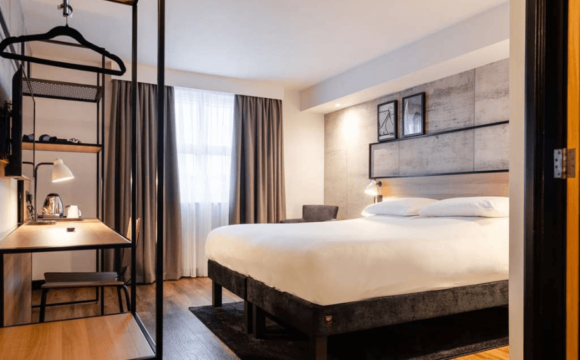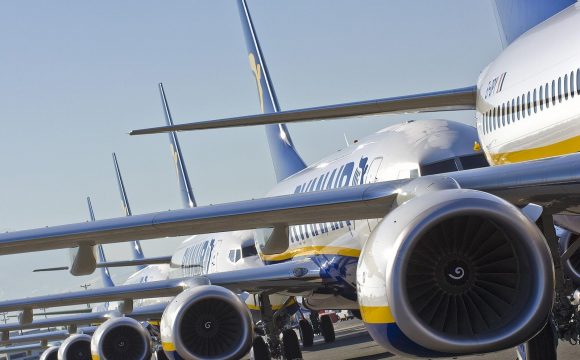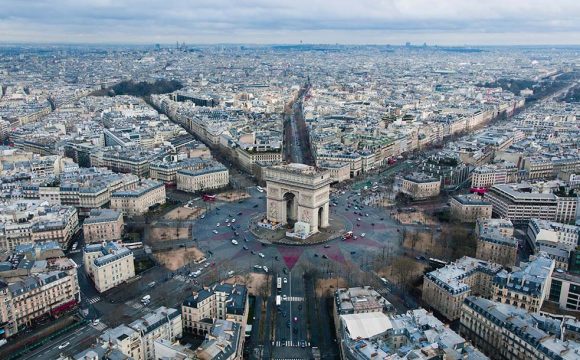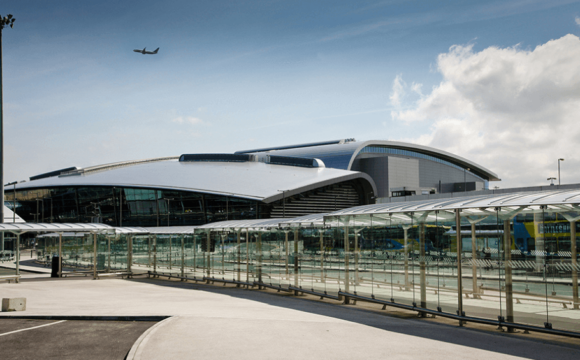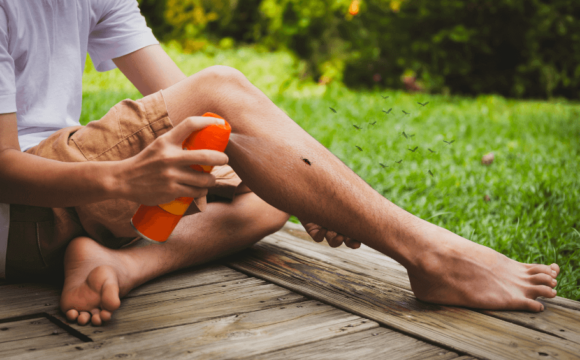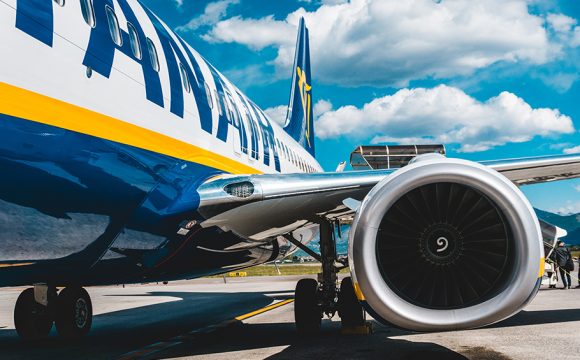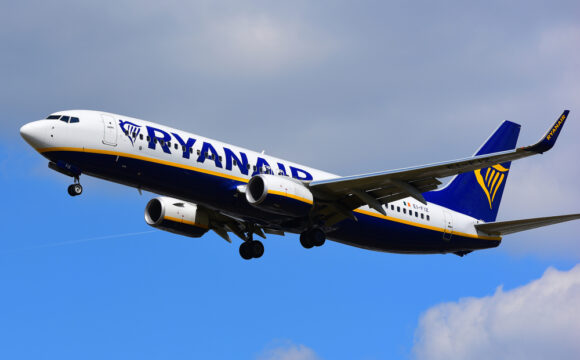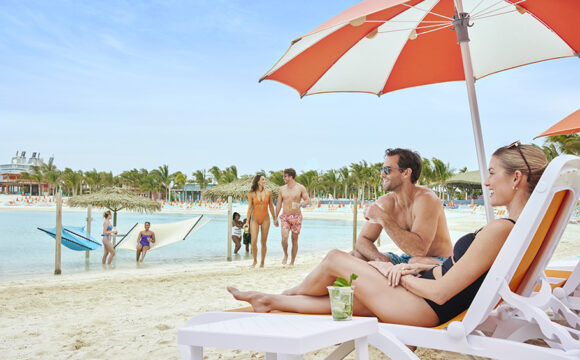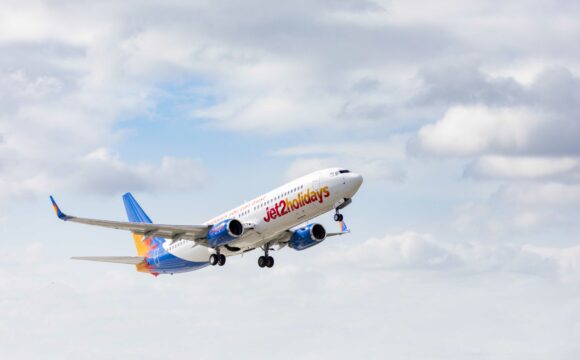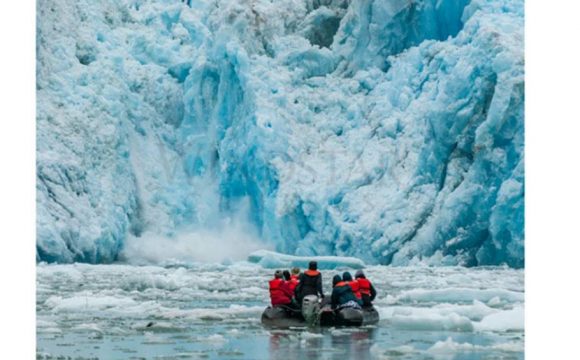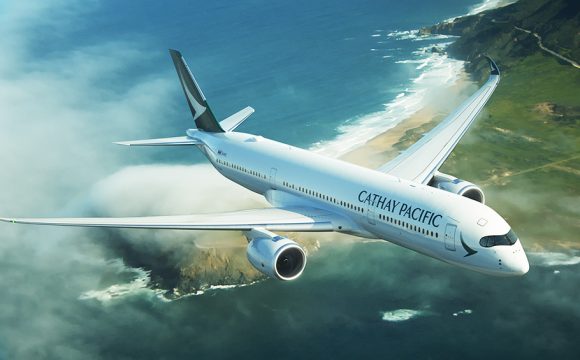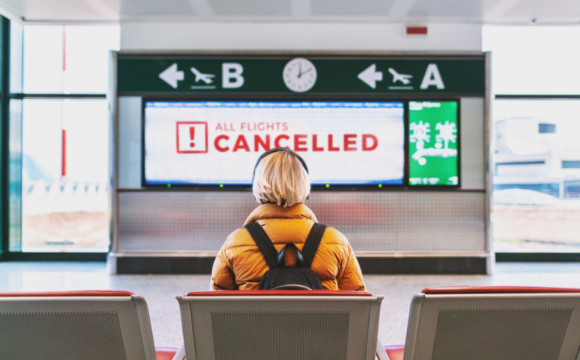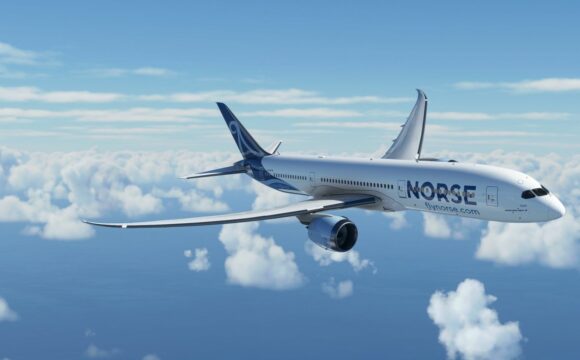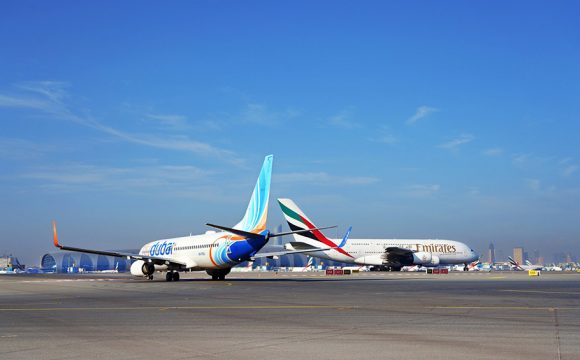From Alcatraz and the Golden Gate Bridge to Coit Tower, Cable Cars, Painted Ladies and Fisherman’s Wharf – these are our top six things to see an do in San Francisco.
ALCATRAZ
A mile and a half from Fisherman’s Wharf, Alcatraz was the site of the first lighthouse built on the Pacific Coast, then a federal prison for such notorious convicts as Al Capone. Now it is one of the city’s most popular attractions.
Alcatraz was the site of the first lighthouse in the Western United States but became a federal penitentiary from 1934-1963, housing famous convicts such as Al Capone and George “Machine Gun” Kelly. Now, this once infamous prison island is part of the Bay Area’s 80,000-acre Golden Gate National Recreation Area.
Located one-and-a-half miles from Fisherman’s Wharf, Alcatraz is one of the city’s most popular attractions. A visit to the island includes a tour of the cell house where visitors can see where the prisoners lived. Although the last inmates were transferred off the island in 1963, the main prison block with its steel bars, claustrophobic (9 x 5-foot) cells, mess hall, library and “dark holes,” where recalcitrant languished in inky blackness, is still structurally intact.
For additional information, contact the National Park Service at www.nps.gov/alcatraz.
General Visitor Info
Alcatraz Cruises is the official ferry provider to Alcatraz and back. Departures start at 9:30 AM and are available every half an hour throughout the day. However, please note that these cruises frequently sell out, so as much as possible, plan and book your cruise in advance, especially in the summer and on holidays.
To purchase tickets, view the schedule and/or for more information, visit the Alcatraz Cruises website at www.alcatrazcruises.com.
Touring the island will be at your own pace. There is no formal tour but an audio tour is available for the cell house portion of your visit. This award winning audio tour is available in many languages including English, Spanish, Japanese, French, Italian, German, Dutch and Mandarin and can be purchased upon your arrival on the island or with your ferry ticket. Evening tours of Alcatraz are also available. Visit the Alcatraz Cruises web site for additional information.
The weather on Alcatraz varies every day on the island, sometimes even on the same day. It can be warm, windy and wet any day of the year. The best way to prepare yourself is to dress in layers and wear comfortable shoes as well.
Where is Alcatraz located?
Alcatraz is located in San Francisco Bay, approximately 1.25 miles (2.01 KM) from the northern shore of San Francisco. To get there, take an Alcatraz Cruises from Pier 33 Alcatraz Landing, located along San Francisco’s northern waterfront promenade, on The Embarcadero near the intersection of The Embarcadero and Bay Streets, located approximately 1/4 mile from San Francisco’s Fisherman’s Wharf.
How to Get There
The following SF Municipal Railway (MUNI) bus lines stop within three blocks of THE Hornblower Alcatraz Landing at Pier 33:
#8X Third Street bus
#82X Presidio & Wharves Express bus
F Line streetcar. The most direct route. Use the Bay Street stop
#10 Townsend bus (Weekdays only, ending at 7 p.m.)
GOLDEN GATE BRIDGE
Once called “the bridge that couldn’t be built,” today it is one the seven wonders of the modern world. This magnificent span, perhaps San Francisco’s most famous landmark, opened in 1937 after a four-year struggle against relentless winds, fog, rock and treacherous tides.
Crossing the strait of the Golden Gate from San Francisco’s Presidio to the Marin headlands for 1.7 miles is the world-renowned Golden Gate Bridge, easily identified by its International Orange color. Opened in 1937, the bridge was built at a cost of $35 million in principal and $39 million in interest and 11 workers’ lives. The single-suspension span is anchored by twin towers that reach skyward 746 feet, and was once taller than any building in San Francisco. To support the suspended roadway, two cables, each more than 7,000 feet in length and both containing 80,000 miles of wire stretch over the top of the towers and are rooted in concrete anchorages on shore. More than 10 years in planning due to formidable opposition, but only four years in actual construction, the Golden Gate Bridge brought the communities of San Francisco and Marin counties closer together.
General Visitor Info
Pedestrians including wheelchair users and bicyclists can go on the sidewalks of the bridge during daylight hours but roller blades, skateboards and roller skates are not permitted. There are vista points on both north and south sides of the bridge with parking lots. For information on sidewalk closures due to construction, visit goldengatebridge.org/bikesbridge/bikes.php.
If you can’t visit the bridge in person, do the virtual bridge walk and don’t forget to check out the view from the top of the south tower. Because of heavy congestion on the bridge, vista points may occasionally be closed to vehicles.
How to Get There
From downtown, take #38 Geary Boulevard to Park Presidio and transfer to #28 northbound to get to the Golden Gate Bridge. If you’re taking Golden Gate Transit from San Francisco, the #10, #70 or #80 lines will take you to the bridge.
For additional information, routes and schedules, please visit the San Francisco Municipal Transportation Agency and Golden Gate Transit sites.
The free PresidiGo Shuttle’s downtown route will also take you to the Golden Gate Bridge Welcome Center. The shuttle system is a great option to use to explore the Presidio, with free and accessible service seven days a week, and with 40 stops within the national park.
If interested in biking across the bridge, the Presidio offers bike rentals and electric bike share opportunities, plus a recommended bike path through Crissy Field. For more information, visit the Presidio online.
COIT TOWER
At the summit of historic Telegraph Hill sits the 210-foot Coit Tower, also known as Coit Memorial Tower. This elegant tapering column was built in 1933, the legacy of San Francisco’s colorful Lillie Hitchcock Coit, who left a $125,000 bequest “for the purpose of adding beauty to the city which I have always loved.” The ground floor lobby is adorned with a series of fresco murals by some 30 local artists, depicting life in 1930s San Francisco. They were nationally controversial when opened to the public. The artists and murals were funded by President Roosevelt’s New Deal pilot art program, the Public Works of Art Project. The project was such a success, public buildings around the country were decorated with similar artwork. They remain a colourful, insightful look back to a difficult time, The Great Depression, in American history. Guided docent tours are available.
General Visitor Info
Advance elevator ride tickets to view spectacular 360 degree city views and reservations for guided docent led tours of the Tower murals are available on site or online.
BUY TICKETS TO THE TOP OF COIT TOWER
Coit Tower Cafe (open daily, 9:30 a.m. – 6:00 p.m.)
Just a few steps away from Coit Tower is the Coit Tower Cafe. The cafe menu includes a variety of hot and cold drinks, pastries, paninis, pizza by the slice and frozen yogurt. Please note that food and drinks are not allowed in Coit Tower.
How to Get There
Public transportation is recommended for visitors who want to see Coit Tower. From the downtown area, you can take either the #30 or #45 line to Washington Square, located at the corners of Union & Columbus and transfer to the #39 Coit Tower bus.
For additional information, routes and schedules, please visit the San Francisco Municipal Transportation Agency.
CABLE CARS
San Francisco is one of the few places in the world where people can ride on a national historic landmark. The cable cars are the world’s last manually operated cable car system, a tramway whose cars are pulled along by cables embedded in the street.
These right-out-of-the-Smithsonian cable cars were named a national historic landmark in 1964. Refurbished and equipped with new tracks, cables, turnarounds and cable propulsion machinery, they operate much as they did on Aug. 2, 1873 when Andrew S. Hallidie guided the first car down the Clay Street grade.
General Visitor Info
The San Francisco Municipal Transportation Agency (SFMTA) runs three cable car lines. The three cable lines are:
Powell-Hyde (Running from Hallidie Plaza to Fisherman’s Wharf via Powell and Hyde Streets.)
Powell-Mason (Running from Hallidie Plaza to Fisherman’s Wharf via Powell and Mason Streets.)
California Street (Running from Market Street to Van Ness Avenue via California Street.)
Destinations
Once upon a time, cable car lines serviced the entire city. Today, only three lines remain, but they can take you to some of San Francisco’s most popular neighbourhoods.
Get more information on the neighbourhoods here.
How to Ride
Visitors must purchase a ticket to ride the cable cars. A single ride costs $8, no matter your age or the time of day. You can pay with exact change or via the MuniMobile app or a Clipper card. You can purchase unlimited rides with a SFMTA visitor passport, which are available at our Visitor Information Centers.
There are designated cable car stops along each route. Line up and wait for the cable car to approach and come to a full stop. Be aware of your surroundings as you step from the curb; cable cars share the road with cars and buses. Listen to the cable car operator’s instructions for where you may sit or stand. Payment will be collected after you board.
For more information about getting around San Francisco, click here.
Did You Know?
- 9.7 million people ride the cable cars each year.
- Building a cable car is an exacting art that takes several dozen craftsmen 18 to 24 months to complete.
- Streetcars are different from cable cars
- World War II opened up cable car jobs for African-Americans and women.
- Muni holds a cable car ringing competition every year.
PAINTED LADIES
One of the most photographed locations in San Francisco, Alamo Square’s famous “postcard row” at Hayes and Steiner Streets is indeed a visual treat. A tight, escalating formation of Victorian houses is back-dropped by downtown skyscrapers, providing a stunning contrast. The grassy square itself is an ideal midday break. One of 11 historic districts designated by the Department of City Planning, the area includes several bed and breakfast inns.
General Visitor Info
Many Victorian homes of the Queen Anne era have a few unique features: multiple balconies, large porches and are usually two-and-a-half to three-and-a-half stories tall.
Take your time in admiring these homes in addition to taking a picture or two. For many people, the best shot is when the sun is setting in the west, casting a sunset glow over these houses and Alamo Square. Be sure to schedule time to take a tour inside one of the homes if you can.
How to Get There
Take Muni line #21 westbound from downtown to the corner of Hayes and Steiner streets.
Did You Know?
The Bay Bridge opened on November 12, 1936 and the original fare was $0.65.
FISHERMAN’S WHARF
More than 75 percent of San Francisco’s visitors include Fisherman’s Wharf on their itinerary. The Wharf’s famous fishing fleet make for a terrific fish story, while souvenir shops in the waterfront marketplace and historic ships add to the atmosphere. Fishing boats, sea lions basking in the sun, seafood stalls and restaurants, steaming crab cauldrons, family entertainment and sourdough French bread bakeries … you know you’re in world-famous Fisherman’s Wharf. The historic F-Line streetcar and two cable car lines terminate in the area and sightseeing boats and boat charters link to Alcatraz (“The Rock”) , Angel Island and other points around San Francisco Bay.
From amazing views and a sea of sea lions to chowder bread bowls and California wines, your visit to San Francisco starts at PIER 39. The most visited destination in San Francisco, PIER 39 offers two levels of dining, entertainment, shopping and attractions, all surrounded by unbeatable views of the city and the bay. Located along the historic San Francisco Waterfront at Beach Street and The Embarcardero in Fisherman’s Wharf, PIER 39 provides the picture perfect backdrop for postcard views of the Golden Gate and Bay Bridges, Alcatraz, Angel Island and the famous City skyline. Be treated to an unforgettable San Francisco experience and discover why a visit to San Francisco must include The PIER. Parking is conveniently available in the PIER 39 Garage located directly across from the Entrance Plaza.
The Aquarium of the Bay provides unforgettable encounters with local marine life that inspire both wonder and conservation. A division of bay.org, the Aquarium assists protection and restoration of the San Francisco Bay and its watershed. The marine nature centre boasts 300 feet of crystal clear acrylic tunnels holding 700,000 gallons of carefully maintained bay water that sustains approximately 20,000 animals who live in nearby waters. Aquarium guests are treated to mesmerising walls of jellies, can have up-close-and-personal encounters with tide pool animals, and delight in the antics of playful river otters. Guests can also take behind-the-scenes tours, and experiment with the Aquarium’s augmented reality to interact with projections of marine life.
Madame Tussauds and The San Francisco Dungeon
More family entertainment can be found in the heart of Fisherman’s Wharf along Jefferson Street at the world-famous Madame Tussauds wax figure museum. Offering guests the opportunity to visit with incredibly life-like celebrities from film, sports and more, including San Francisco area icons, such as Joe Montana and Janis Joplin, Madame Tussauds provides a complete interactive experience. Get up close and personal and take pictures of your favourite stars at this star-studded attraction. Also, don’t miss The San Francisco Dungeon next door, where history comes alive with live actor shows, special effects and storytelling on the grisly and authentic history of the Bay Area.


